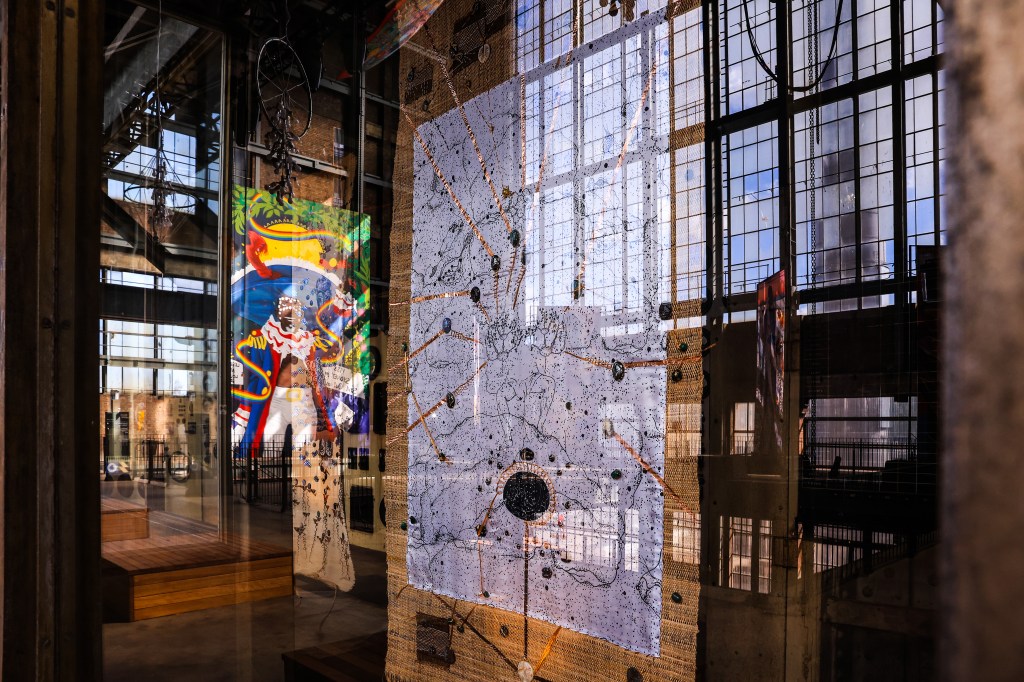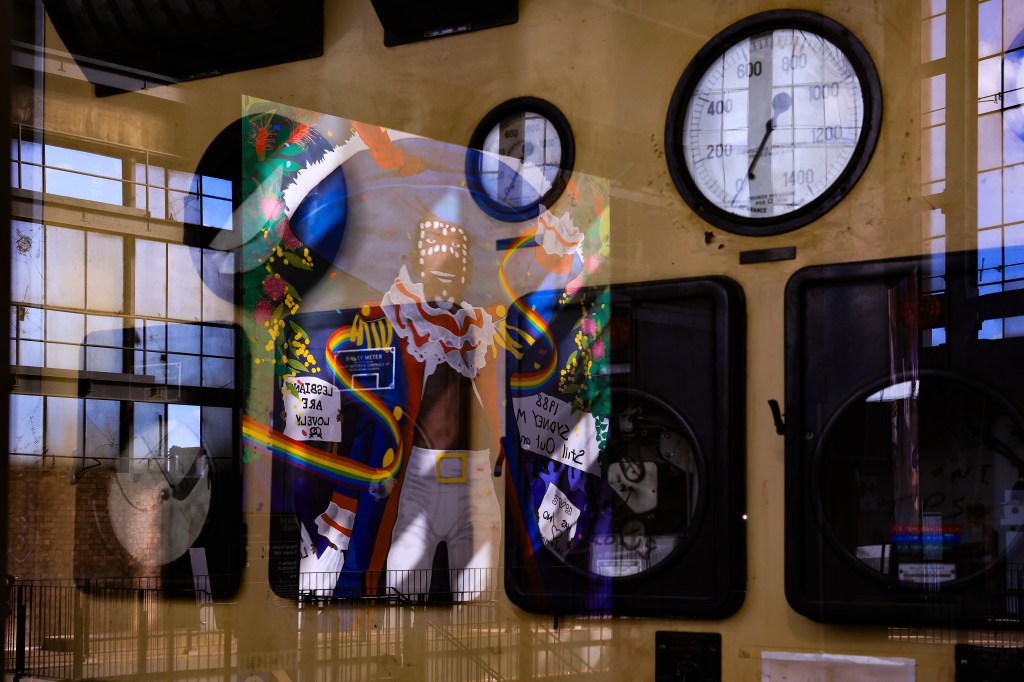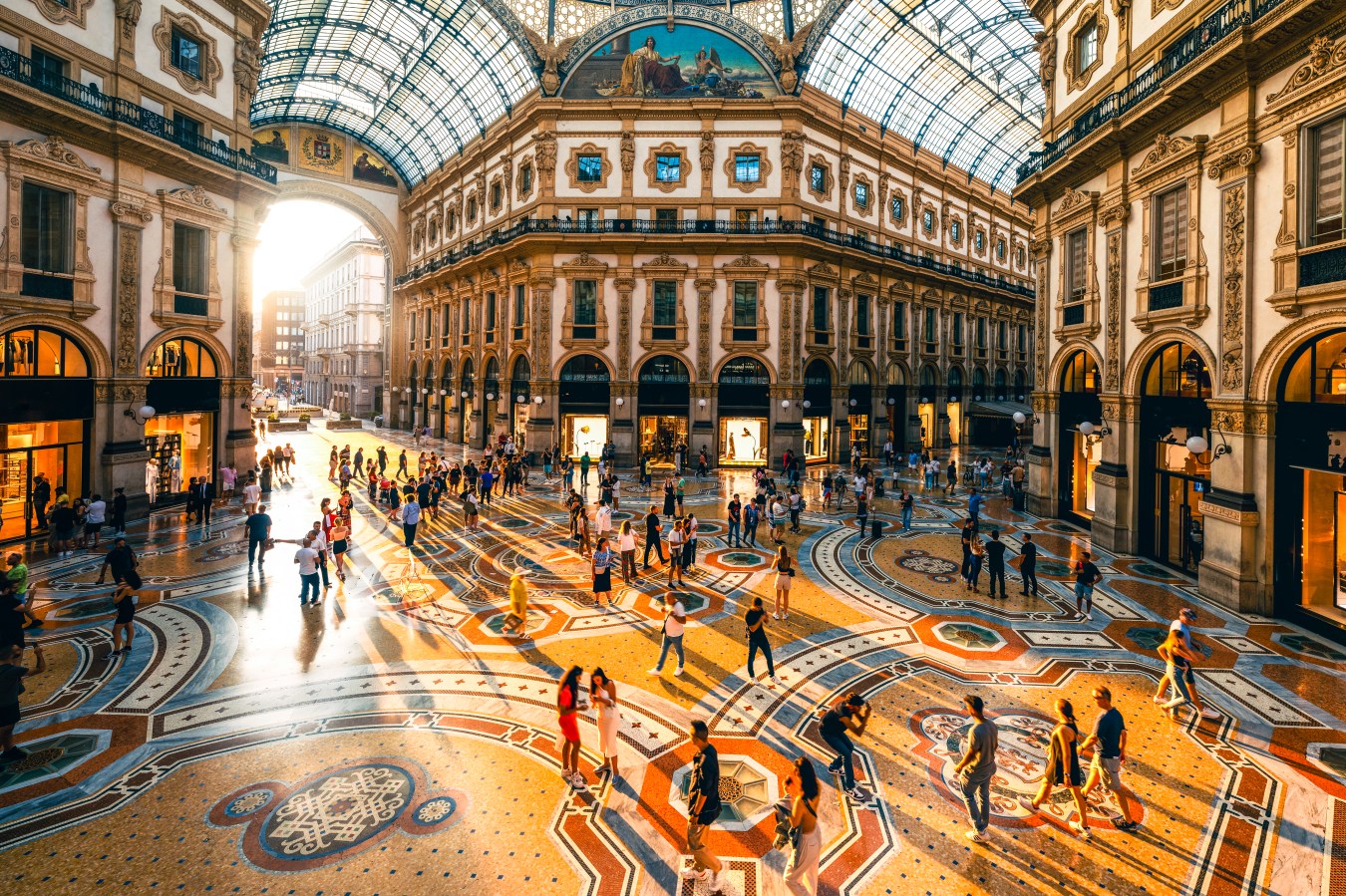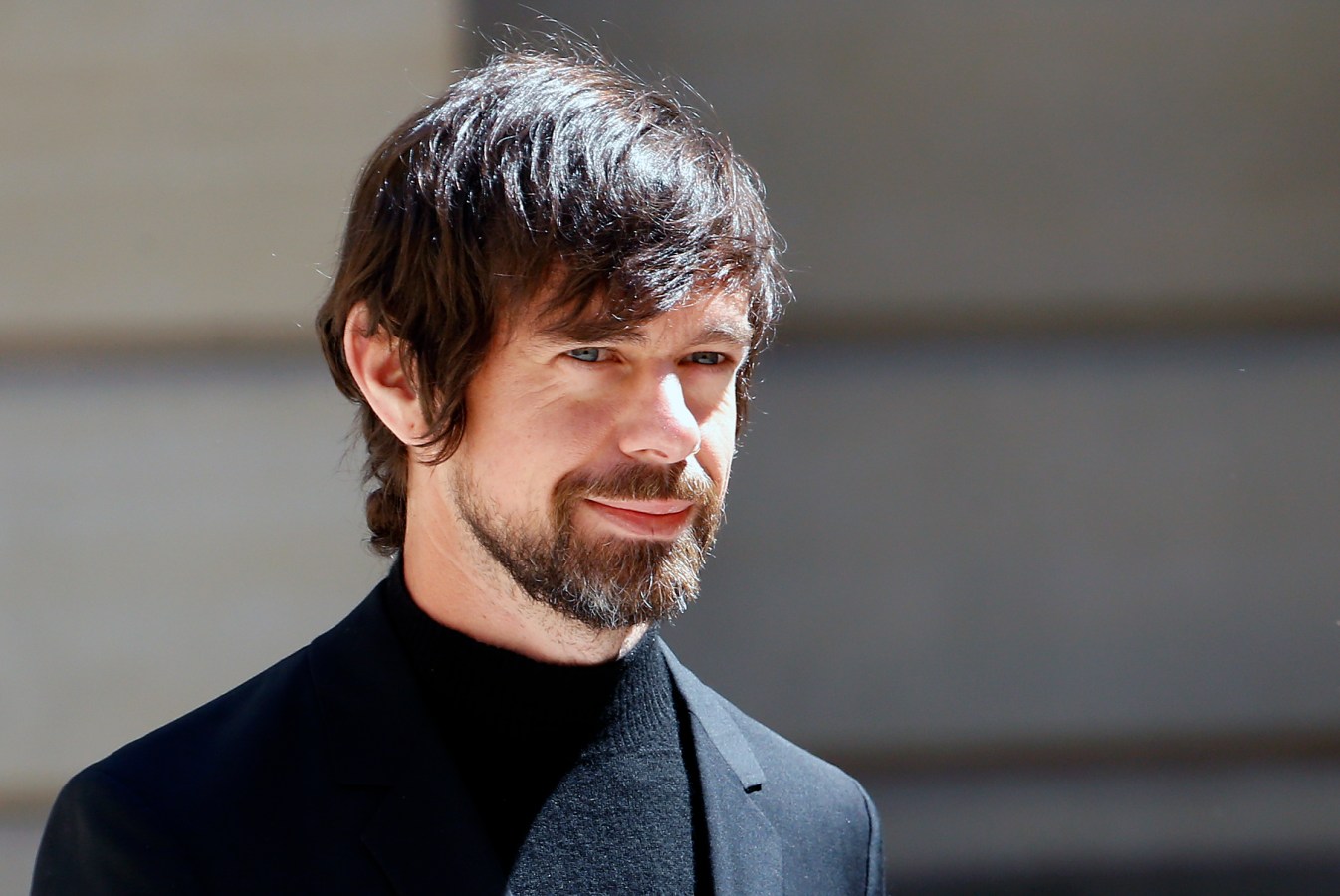The historic doors to the White Bay Power Station are open to patrons for the first time in 40 years, as part of Fondation Cartier’s ‘Ten Thousand Suns’ exhibition at the Sydney Biennale.

The Biennale of Sydney has been bringing the work of artists from around the world to Australians for more than 50 years. This year, part of the contemporary art event is taking place at the heritage-listed White Bay Power Station, at the foot of Sydney’s Anzac Bridge.
The ‘Ten Thousand Suns’ exhibition is a celebration of First Nations cultures from around the world. It is curated by Vivian Ziherl and Tony Albert, the Fondation Cartier First Nations Curatorial fellow, and features Australian indigenous art as well as pieces from other First Nations cultures.
“In my hopes and dreams I believe that this partnership will bring outstanding commissions of Aboriginal and Torres Strait Islander art and curatorial excellence to the rest of the world,” says Albert.
“Indigenous Australian art has a unique identity and position within the contemporary art world. A platform to expand the development of strong curatorial perimeters with First Nations peoples represents an important and timely partnership.”
Artists presenting as part of the ‘Ten Thousand Suns’ exhibit include Mangala Bai Maravi, Doreen Chapman, Megan Cope, Cristina Flores Pescorán, Freddy Mamani, Dylan Mooney, Orquideas Barrileteras, John Pule, Eric-Paul Riege, Darrell Sibosado, Kaylene Whiskey, Yangamini, and Nikau Hindin.
The foundation backing the exhibition is an offshoot of the luxury jeweller and watchmaker Cartier, headquartered in Paris. Hervé Chandès, the international director of Fondation Cartier pour l’art contemporain, says working with Biennale of Sydney and partnering with Australian First Nations artists is an opportunity to build bridges and foster dialogue between cultures.

“This partnership reflects our commitment to First Nations communities and underscores the crucial role of listening to their voices as we navigate the challenges of our planet. First Nations artists bring their rich cultural heritage and unique artistic creativity to the contemporary art scene challenging conventional norms in the art world,” says Chandès.
“For more than twenty years, the Fondation Cartier has been building a long relationship with contemporary artists from Indigenous communities throughout South America. Today, it is our great pleasure to join forces with the Biennale of Sydney, our Australian partners, artists and curators to further foster dialogue between different cultures and promote public awareness of contemporary art from all over the world.”
Contemporary art pieces are displayed in seven locations across the city, including the newly reopened White Bay Power Station in Rozelle, the Sydney Opera House, art galleries, museums, and universities.
The White Bay Power Station powered the city’s tram and rail network before closing its doors in 1984. The arts, culture and community hub has been through extensive remediation and conservation works, according to the state of NSW. It closed 40 years ago, after operating as a coal-fired power plant for 60 years.
The ‘new energy’ the former power plant is bringing to Sydney, is in the realm of culture. The site aims to honour the original ancestors of the land and to preserve a unique part of Sydney’s history.
The Sydney Biennale is open until Mid June and attendance is free at all locations.
Look back on the week that was with hand-picked articles from Australia and around the world. Sign up to the Forbes Australia newsletter here or become a member here.


